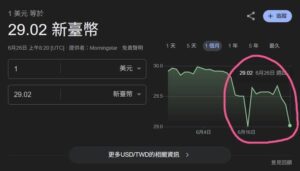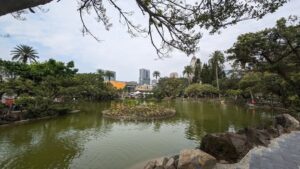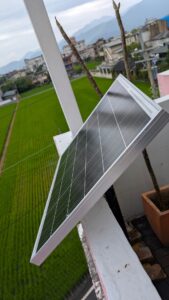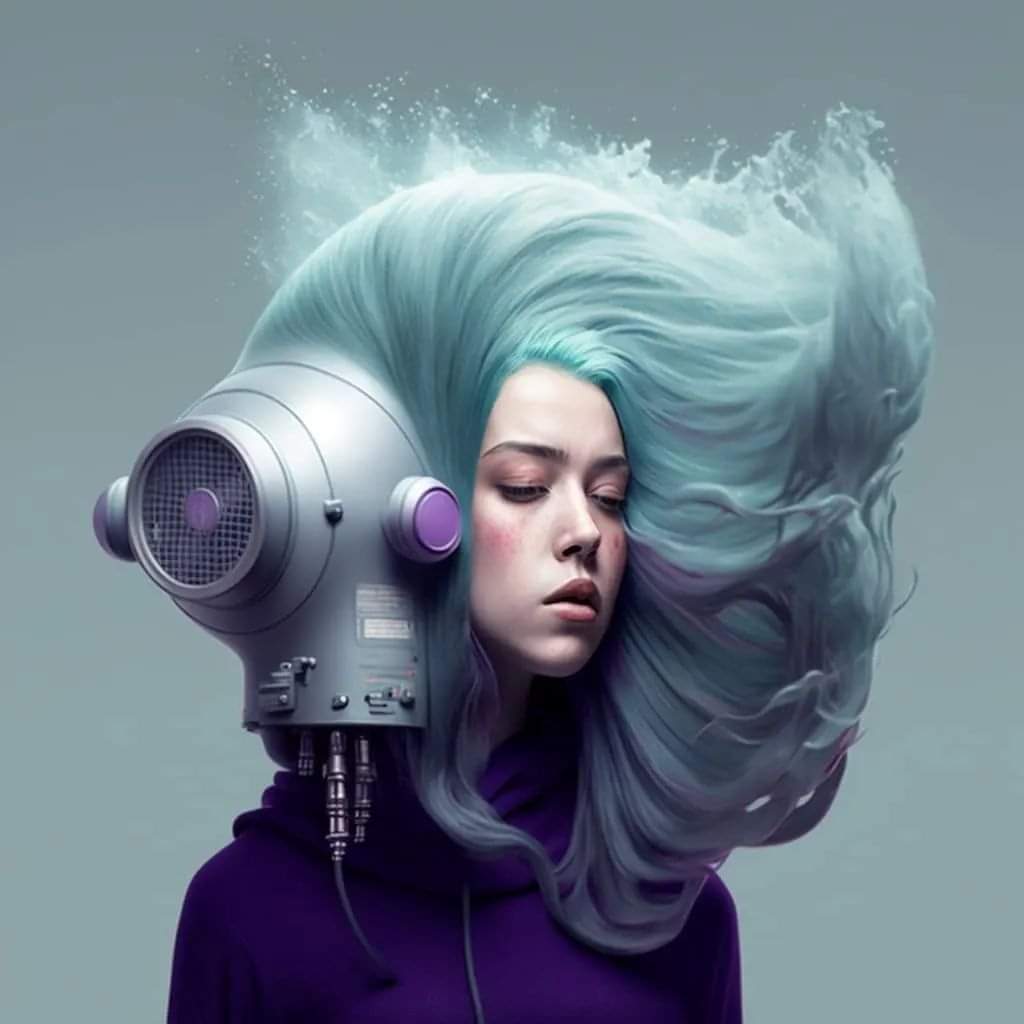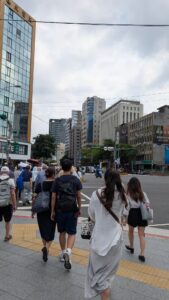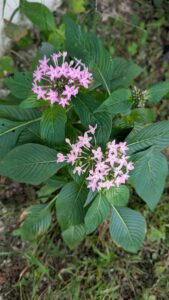"Negative ion" is actually translated from Japanese [マイナスイオン]. This string of Japanese characters is the katakana transliterated from the English [minus ion].
But in English, negatively charged ions are called "anion". This usage of "minus ion" is basically very, very, very rare. If you go out of Japan, almost no one will say this.
The so-called ion refers to an atom or atomic group losing or gaining electrons to form a charged particle, which is divided into anion and cation.
Take water (H2O) as an example; the hydrogen (H) atom is a nucleus with positively charged protons, surrounded by a negatively charged electron. If some force intervenes to cause the electron to leave its place, the hydrogen atom becomes In its positively charged state, this is ionized hydrogen (H+). For oxygen (O), there are 8 positively charged protons in the nucleus, surrounded by 8 electrons, 2 in the inner layer and 6 in the outer layer, but the outer energy level can accommodate 8 electrons, and there are still There are 2 vacancies, so oxygen is an atomic state that can easily steal electrons from other places. This process is called "oxidation".
For example, using external energy to decompose water can form positively charged hydrogen ions [hydron, H+] and negatively charged hydroxide ions [hydroxide, OH-].
Since water molecules are one of the most easily ionized molecules in the natural environment, when we say that there are more negative ions in the environment, we are referring to a state in which negative ionized water molecules are very abundant.
When a large amount of water from a waterfall rushes down from the mountains and hits the rocks or water surface around the waterfall, it stirs up a large amount of mist-like water spray. The water molecules collide with each other and cause the water molecules to decompose, which may produce a large number of negative ions.
These negative ions will absorb small pollutants such as dust and odor in the air, and then adhere to trees, rocks or dissolve into pool water, thereby purifying the air. This self-purification effect of nature is also called the "Leonard effect" 】.
Scientists have carefully calculated that the negative ion content in the air in different spaces is as shown in Table 1. Generally, it is about 40 to 80 in urban residential areas, about 100 to 200 in green areas, and about 100 in urban parks. 400~600, suburbs and fields can reach 1,500, while mountains and seaside can reach 5,000, waterfall areas or forests may reach 50,000. If it can be maintained at 1000~2000 in the living environment, it is better to maintain human health. If it can be increased To more than 5,000, strong immunity can be increased.
[Negative ions] are negatively charged ions, a word derived from Japan. Experts firmly believe that negative ions can activate life. Air containing more negative ionized water molecules is generally believed to make living organisms feel comfortable and happy. It is proposed that negative ions can absorb air of pollutants, creating a fresh and energetic atmosphere. In Japan, positive ions are called "fatigue ions", while negative ions are called "comfort ions", "vital ions" or "vitamins in the air".
Because dust and dirt in the air contain more positive ions, which can easily make people uncomfortable, while negative ions can make people feel comfortable and happy. The connection between negative ions and human health originated from the late 19th century to the early 20th century. At that time, some scholars claimed that negative air ions had a positive effect on human health, but there is currently no scientific evidence to prove it.
Competent authorities in various countries have not set relevant legal standards, and it is difficult to judge the effectiveness of related products and they have been fined for false advertising, and some scholars believe it is pseudoscience.
Let’s talk about the main principle of the [negative ion hair dryer]. In fact, an [electron generator] is placed inside the hair dryer, so that the hair dryer can carry electrons when it blows out.
Electrons are negatively charged. Whether they are blown directly onto the hair or combined with oxygen in the air to form negative oxygen ions, the hair can be charged with static electricity, that is, negatively charged. When each hair strand is negatively charged and like-sex charges repel each other, the hair will naturally be easy to comb.
But in fact, what Taiwanese call conditioner can have the effect of making hair negatively charged, and the effect is even more significant.
But the great thing about a really easy-to-use negative ion hair dryer is not the so-called [negative ions], but the precise control of its temperature and air volume, allowing you to blow directly on your hair without overheating or scalding it, and it can quickly and quickly adjust to your needs. Blow-drying or styling can be adjusted at will. Precise temperature control is the real reason why a hair dryer costs so much.
As for negative ions, as far as hair dryers are concerned, they are really just marketing words from businessmen.
Moreover, in Japan, we almost no longer see this as propaganda.
The [negative ion] trend started in Japan and was promoted by several "experts" and "gurus". Then home appliance manufacturers found this statement very attractive and began to add fuel to the flames, thus forming the "negative ion business opportunity."
However, with the promulgation of the [Inappropriate Categories and Inappropriate Representation Prevention Act] in Japan in 2003 and the relevant regulations on "Prevention of Inappropriate Advertising", manufacturers can no longer make these unsubstantiated claims.
This website does not have those annoying ads that block the webpage and hinder reading!
If you think the article I wrote is helpful to you, could you please fill in a Questionnaire, allowing me to better understand everyone’s needs and write more high-quality content.

